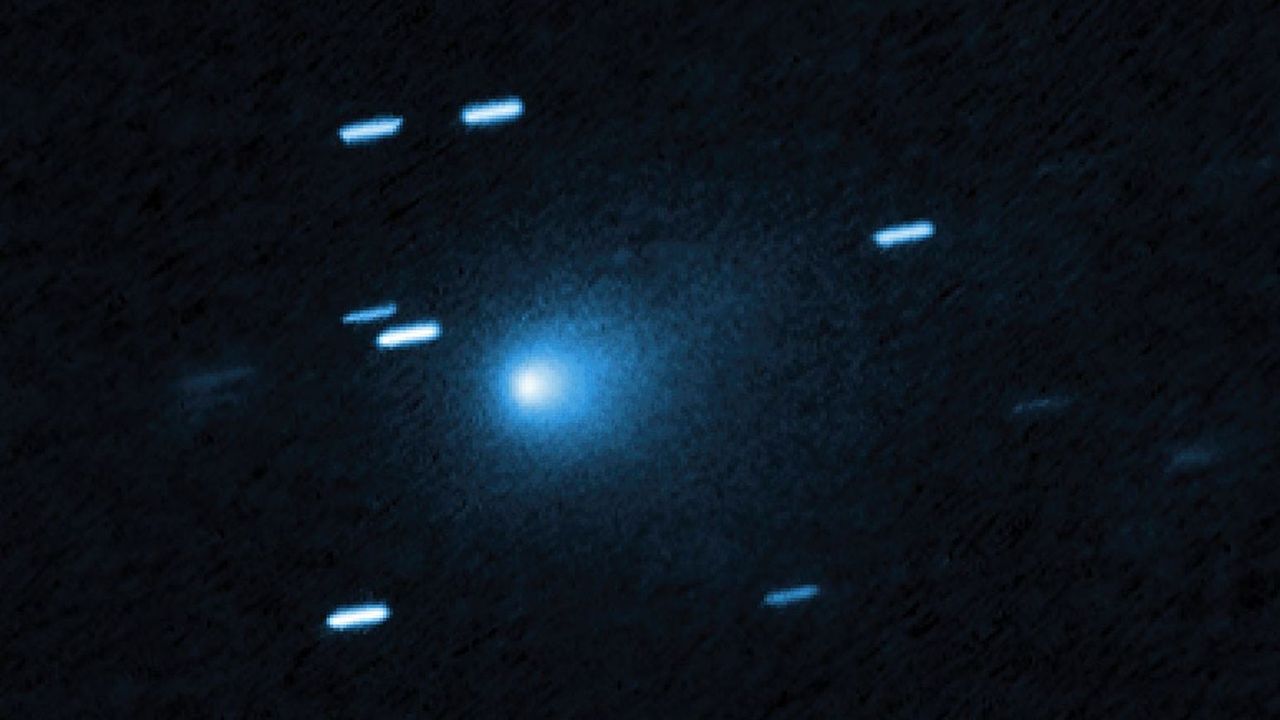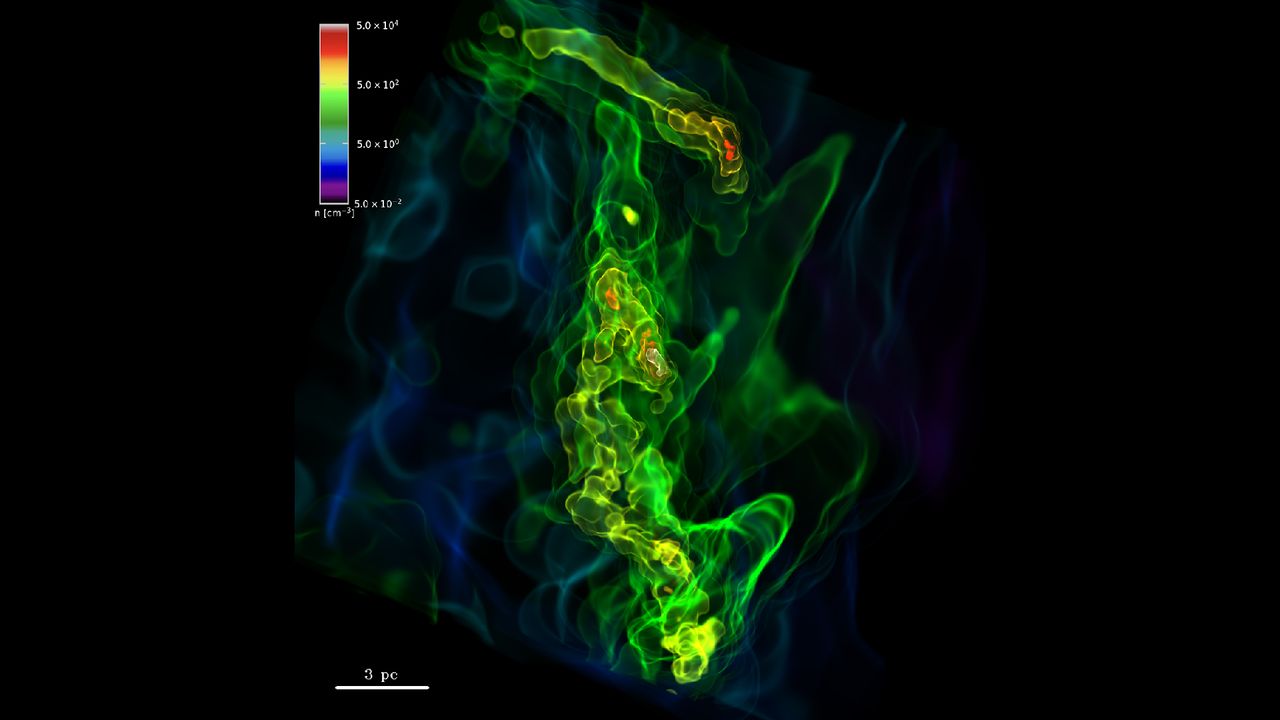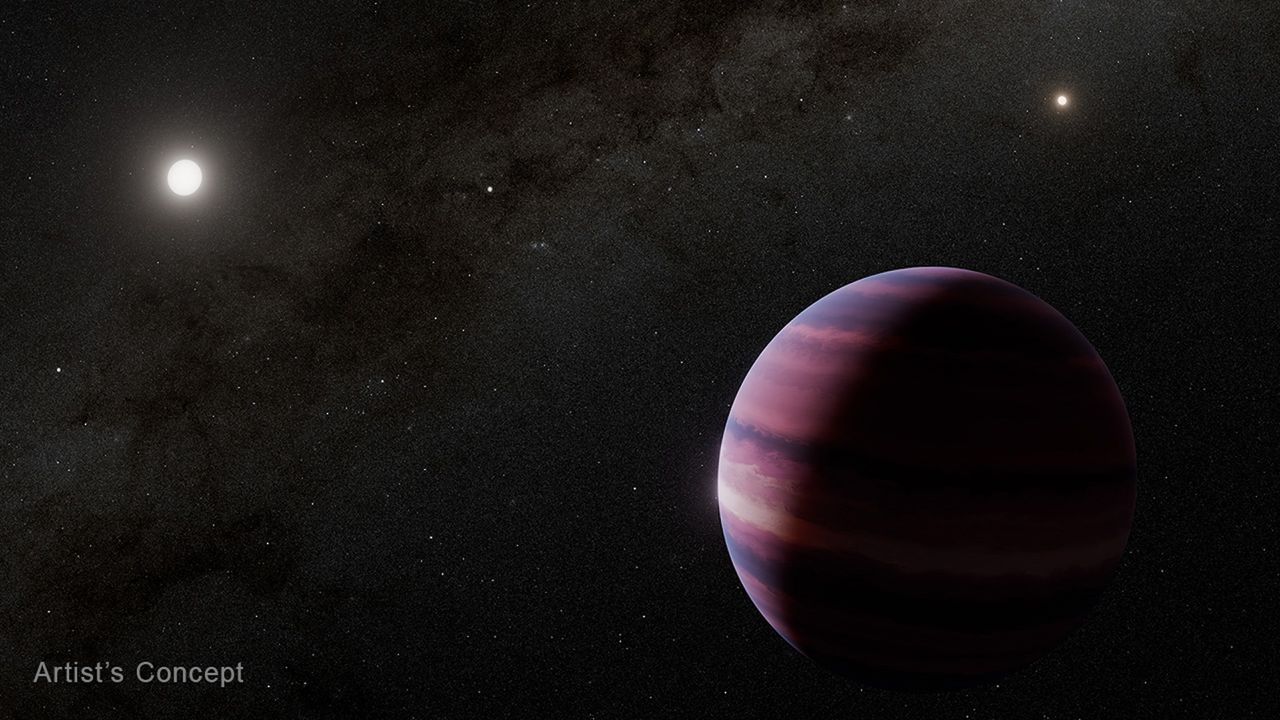Now Reading: Hubble Captures Most Detailed View Yet of Interstellar Visitor 3I/ATLAS
-
01
Hubble Captures Most Detailed View Yet of Interstellar Visitor 3I/ATLAS
Hubble Captures Most Detailed View Yet of Interstellar Visitor 3I/ATLAS

Speedy Summary:
- NASA’s Hubble Space Telescope captured the most detailed images yet of interstellar comet 3I/ATLAS, a visitor from outside our solar system.
- originally discovered on July 1, this comet is traveling at over 130,000 mph (210,000 km/h) and will approach the sun in late October without posing any threat to Earth.
- This is only the third interstellar object ever detected in our solar system after ‘Oumuamua (2017) and Comet Borisov (2019).
- Earlier size estimates suggested a width of about 7 miles (11.2 km), but new data from Hubble revises this to roughly 3.5 miles (5.6 km)-still making it the largest known interstellar object.
- Additional observations using instruments like NASA’s James Webb Space Telescope are planned to refine these measurements further as it gets closer.
- Astronomers are still uncertain about the comet’s origin and composition but hope its study will illuminate insights into distant star systems.
Indian Opinion Analysis:
The revelation of 3I/ATLAS opens up groundbreaking opportunities for advancing our understanding of interstellar objects. With India increasingly investing in space exploration through initiatives like ISRO’s Aditya-L1 mission or advanced astronomical observatories, collaborations with global entities like NASA could strengthen India’s scientific contributions to outer space research.
Such discoveries not only push humankind toward answering essential questions about cosmic origins but also signal potential future avenues for multidisciplinary innovation in astronomy and data-sharing platforms. India’s growing prowess in applying indigenous technologies could align seamlessly with international efforts to decode mysteries embedded in objects such as ATLAS-a reflection of universal curiosity transcending borders.
























